Massive Open Online Course (MOOC): An Introductory Guide
Share on | Paylaş
LinkedIn Twitter
It is very easy to access many types of content through the internet these days. For example, we can access audio content using platforms like Spotify or Apple Music, and video content using platforms like Netflix and Amazon Prime instantly with low fees. However, accessing written content such as books and educational materials is still difficult and costly. No platform fully addresses and solves this. While this is the case, “Massive Open Online Course (MOOC)” offers a very strong promise:
Delivering hard-to-reach educational content to the masses for free using video, audio, and written materials through online platforms where participants can interact.
I observe that many people around me are aware of the existence of MOOCs, but cannot provide sufficient internal motivation to start as they have not realized the potential here yet. I even know those who are tired of being exposed to the certificates of those who complete these courses on social media.
Considering the increasing popularity of MOOC, I decided to prepare this mini-post series to share my knowledge, experience, and views on this subject. My motivation is to keep them organized for myself, and maybe be useful to others interested in this subject. My story with MOOCs started at the end of 2019. I have completed nearly twenty MOOCs so far in line with my career goals. I achieved radical changes within two years by combining the skills I acquired from MOOCs with my background. For example, I used the data analytics skills I gained from MOOCs in the oversea projects I completed on UpWork. I prepared this web page with the web design skills I learned and hosted it on GitHub using the knowledge I gained about Git and Unix. I believe that maximum efficiency can be obtained from MOOC with a little internal motivation, reducing the time wasted in daily routine and making correct plans.
By the way, I believe that MOOC is not a fundamental but a complementary education model. In other words, I am not sure if it offers oppurtunuties in terms of equality in education as it claims. Discussions on this issue are also still ongoing. For example, Hollands and Tirthali (2014) conducted a study on this at Columbia University’s Faculty of Education and concluded that “those who benefit from MOOC already have a good educational background, therefore MOOC even widens the gap between those who have difficulty in accessing education and those who do not”. In this series of posts, I will put aside such discussions and focus on the positive aspects of MOOC to offer a beginner guide for those who don’t know where to start.
This series of posts will consist of three guides:
1. An Introductory Guide to MOOC: In this post, I’m talking about the key features of MOOC and demonstrate how can the courses on popular platforms be accessed for free. I also give some tips and clues for certificate lovers about the ways of getting free certificates from popular platforms.
2. An Introductory Guide to Data Science with MOOC: In this post, I will present a beginner’s guide for those who have a proper background, are interested in data science but do not know where to start. I will list the MOOCs I recommend, briefly explain their content, the order the courses should be taken, and the platforms the courses are on.
3. An Introductory Guide to Web Design and Programming with MOOC: I will present a beginner’s guide for those interested in web design and programming following a similar flow to the second post.
- Unfortunately, those who cannot read texts and watch videos in English (the videos also have English subtitles), may not benefit from the MOOCs I will suggest.
- Only those who have the proper background can get the maximum benefit from the second and third guides of this series. You can determine best whether you have the appropriate background or not, but basically, it is enough to have passed an education program that includes analytical methods.

MOOC – An Introductory Guide
In this first post of the series, I will talk about the history of “Mass Online Open Course”, the popular platforms, and the ways of enrolling MOOCs and getting certificates for free of charge.
1. Key Features of MOOC
When I talk about MOOC to those around me, I usually try to emphasize that a MOOC is different from a usual online classes we are used to. Let me start by saying that a MOOC is not just an online course. Let’s look at the MOOC word by word. First, we have the word massive. “Massive” derives from “mass” by taking an adjective suffix:
“Massive” is defined as “very large in size, amount, or number” by Cambridge Dictionary. This is where the main difference from classical online courses comes from.
A MOOC is carried out with the communication and interaction among the course instructor, teaching assistants, and the students taking the course. Course content is delivered using rich and diverse methods such as videos, books, slides, lecture notes, assignments, and projects. There are community forums where you can discuss with your peers and teaching staff. You can evaluate your classmates’ homework, exchange ideas about problems, or get support from teaching assistants.
The second word of MOOC is open.
The open nature of MOOC roughly means that all course materials, interactions, and other activities are freely available to participants.
It is of course debatable how “open” a MOOC is. All materials and tools of the courses can indeed be accessed free of charge on existing platforms. However, when it is claimed as “open”, to me, there shouldn’t be any rights problem with these materials. Yet, existing platforms are still not very clear on this issue. For example, Coursera says it is the only owner of the course content provided on the platform, that is, the materials cannot be taken off from the platform. Let’s leave these discussions aside in this post and emphasize that we can access the course content free of charge, but the issue of using the content outside of the platform of providers is controversial.
The last two words of MOOC, online course, is a concept that we are already familiar with, especially after the pandemic.
In conclusion, we can define MOOC as an online course that is delivered with rich content in the form of video, audio, and written materials, that is carried out through interactions between a large number of participants and teaching staff, and that can be accessed free of charge via the internet.
2. The History of MOOC and Popular Platforms

Although the origins of MOOC philosophy dates back to earlier times, it was used first time as a term to describe a course titled “Connectivism and Connectivity Knowledge” developed by Stephen Downes, George Siemens, and Dave Cormier in Canada in 2008. The main purpose of these instructors was to enable a large number of participants with different competencies to attend their class through online tools and to create a richer learning environment with the interactions between the participants. While 25 students attended this course face to face, 2300 students participated online from various parts of the world. Yet, the increasing awareness of MOOCs had begun when Stanford University professors realize the potential here and decides to go after it. First, three free courses were offered in 2011, and then, Coursera Coursera, one of the most popular MOOC platforms today, was established by the professors Andrew Ng and Daphne Koller. At similar times, in 2012, Udacity was established. Afterward, MIT University established the MITx platform. A short time later, they decided to be partner with Harvard University and changed the name of the platform to edX.
By the by, Andrew Ng’s “Machine Learning”, one of the first courses on Coursera, has become a legend today with more than 4.7 million students participating so far. If you are interested in this field but wondering where to start, you can start with the MOOC of one of the best ML instructors in the world.
As I think the most popular and successful MOOC platforms today are Coursera and edX, I will direct you to these two platforms. Yes, I am aware that there are other very successful platforms like Udemy and Khan Academy. I do not see these platforms as complete MOOC platforms as they are established outside the university system and are generally progress through individualized training. That is, I consider them as e-learning platforms. I think that the interaction environment created by the MOOC platforms among the teaching staff and participating students does not exist enough in them.
3. How Do I Enroll Courses on Coursera and edX for Free?
 One of the MOOC misconceptions I often see is that people think the courses on Coursera and edX are paid. Since these platforms are starting to move away from their basic missions, unfortunately, they bring the fees to the forefront in the course promotions.
One of the MOOC misconceptions I often see is that people think the courses on Coursera and edX are paid. Since these platforms are starting to move away from their basic missions, unfortunately, they bring the fees to the forefront in the course promotions.
I would like to underline that you can enroll classes for free on both platforms, and you can access almost all of the course content for free. The fee is only needed to be paid for taking certificates provided by course providers like universities or reputable companies. Certificates are proof showing that you completed the course. In other words, when you pay the fee, you do not buy a MOOC, but the certificate shows that you have completed the MOOC.
If you are taking these MOOCs for your personal development and you don’t care about the certificate, you have nothing to worry about. You should probably see that there is a certificate-sharing trend these days on LinkedIn. I don’t know much about the validity of these certificates and where and how they work. However, I have read staff saying that these certificates are not considered fully valid even by the issuing institutions. If you still say that it would not be bad to get a certificate while you have completed the course, I will talk about the methods of doing this for free. But first, let’s talk about what we should do to enroll a MOOC for free on Coursera and edX.
3.1 Coursera
After you go to Coursera - www.coursera.org, sign up and log in, let’s assume that you decide to take the course Google’s “Foundations: Data, Data, Everywhere”. During the course registration, the page in Figure 1 will welcome us first.
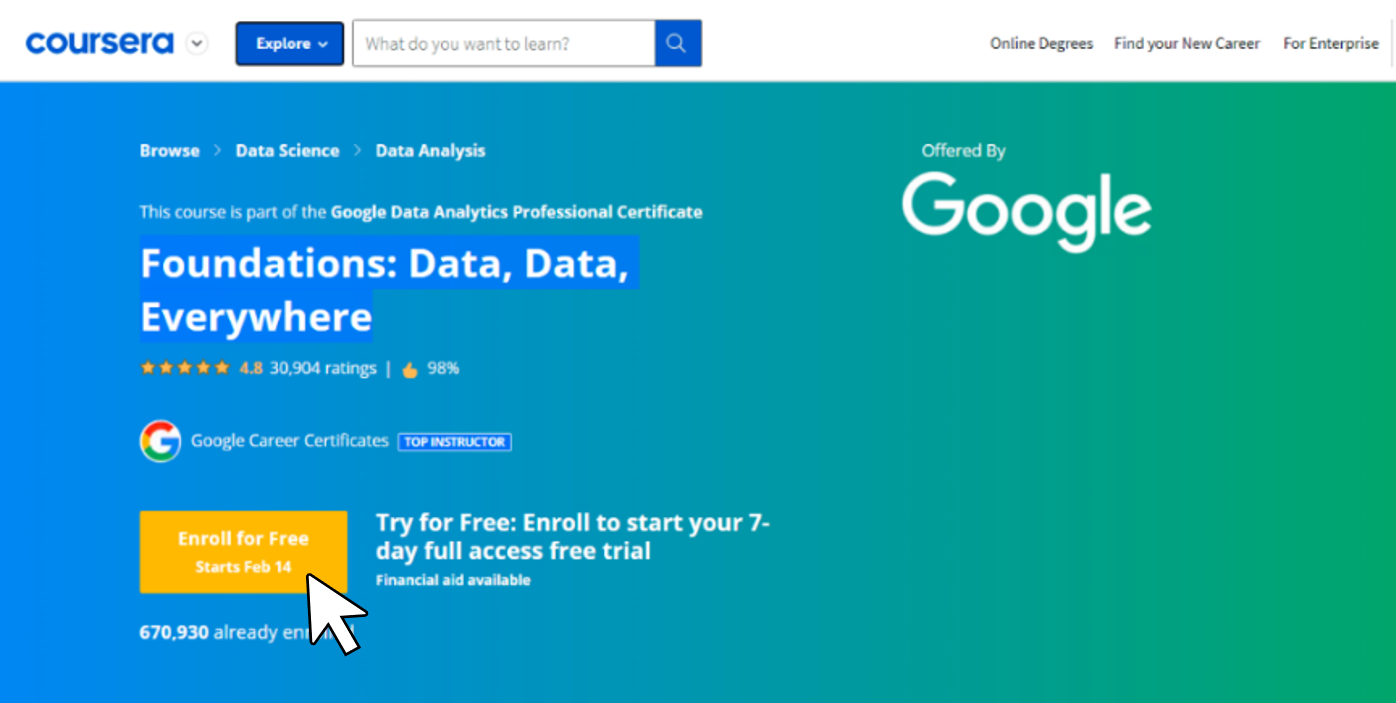
When we click “Enroll for Free”, the white window in Figure 2 will appear. Here, we will select the “Audit the Course” option at the bottom left, which is the option that Coursera is obviously trying so we don’t see.
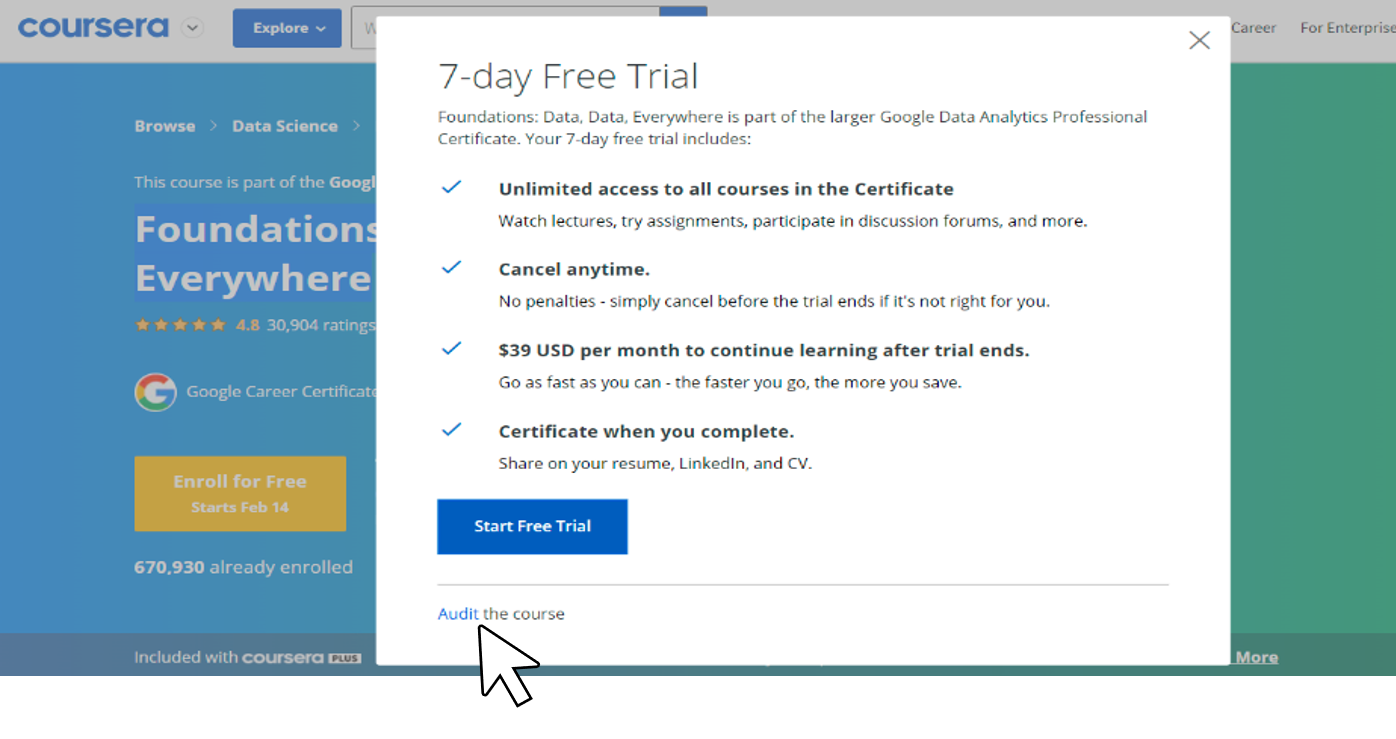
We succeeded, enrolled for the course, and now have access to all course materials and activities. Coursera defines the “Audit” option as:
When you “Audit” a course, you will be able to see most of the course material for free, but you will not be able to submit certain assignments or get grades for your work. You will not receive a Certificate of Course, but you can pay for a certificate at any time during or after the course.
My personal experience here is that if the institution offering the course is a university, you can generally access the assignments in the audit option and even have your assignments evaluated. However, I had cases where I couldn’t access the assignments or get them evaluated in some courses offered by private companies. Fortunately, if you Google the correct keywords from your homework questions, you will most likely find the answers easily. These assignments and solutions have been shared in many forms. I don’t know how ethical this is, but I think we can keep our hearts at ease because they are the ones who closed assignments in courses that are supposed to be “open”. :nerd_face:
3.2 edx
Assume that we go to edX - www.edx.org, sign up for the platform, log in, and then decide to enroll IBM’s “R Programming Basics for Data Science” During the course enrollment, the page in Figure 3 will welcome us first.
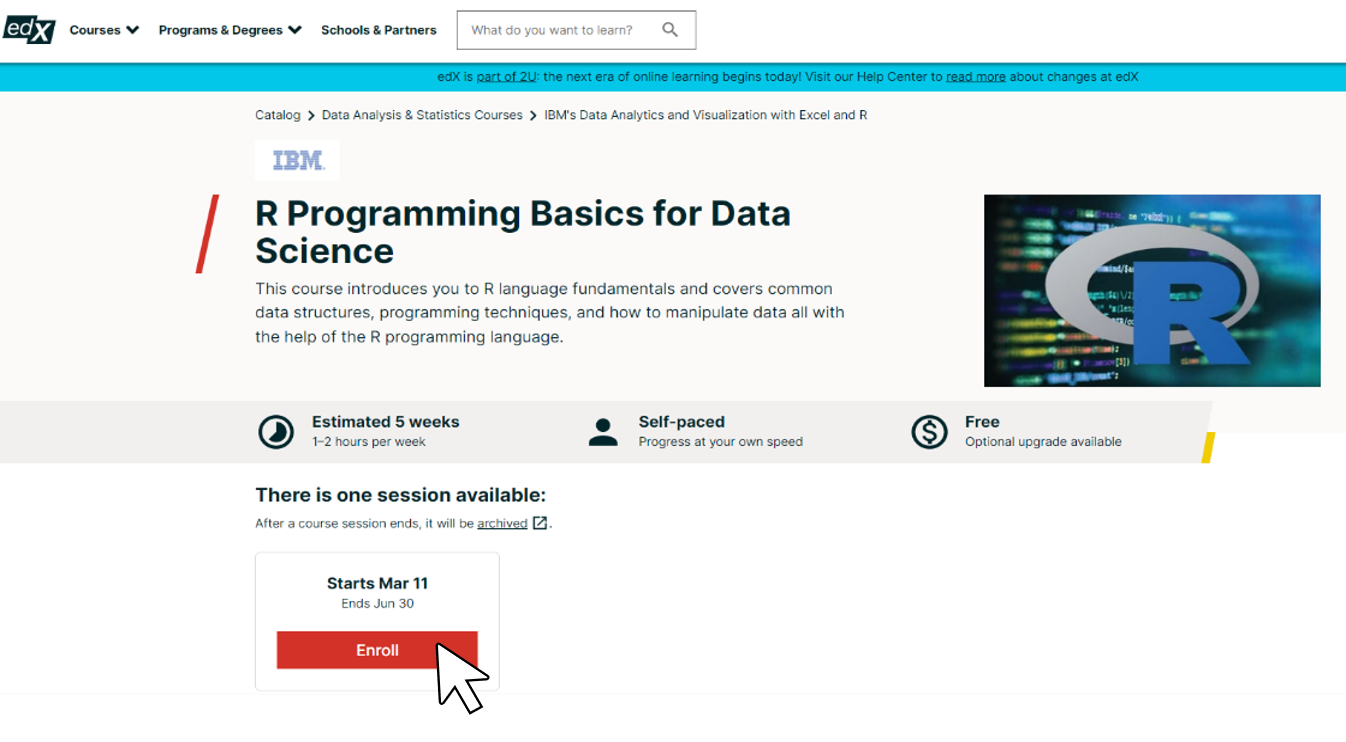
When we click the “Enroll” option, we will see the window in Figure 4. At the bottom right, we choose the option “Audit This Course”.
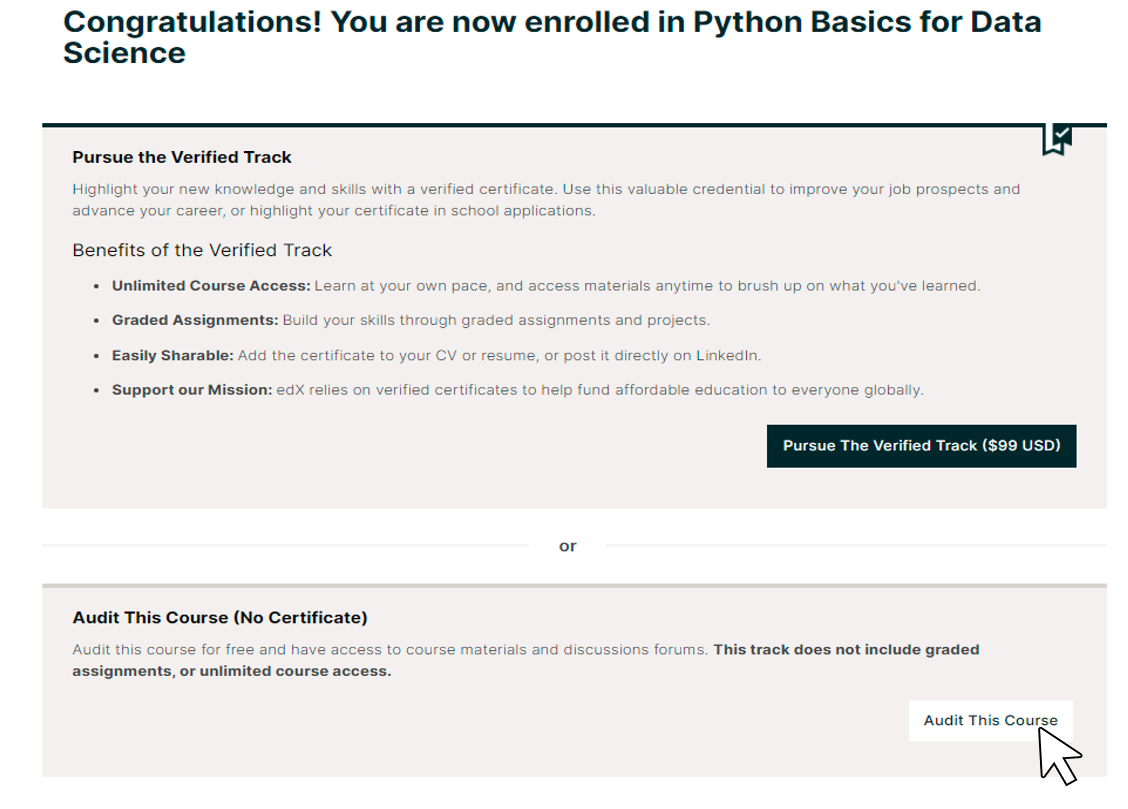
We have now registered for the course and can access the course contents. edX has summarized the difference between the free “Audit” and the paid “Verified” options with the comparison in Figure 5.
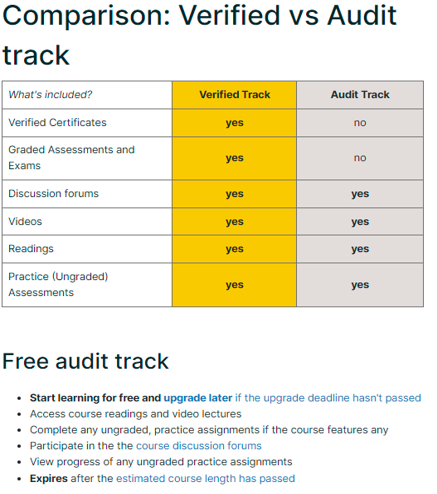
As you can see, only the first two features, “Certificate” and “Assessment of Homeworks and Exams” are missing in the audit option. Although it says that assignments are not evaluated, this is not fully correct. Your assignments are evaluated in many courses with audit option as well. In case you are not able to get them to be evaluated, you can find the answers by copying the correct keywords from questions to the Google search bar. Once again, I believe that we don’t need to feel guilty as they are the ones closing assignments in a MOOC supposed to be “open”.
A note that is worth mentioning is “Expires after the estimated course length has passed”. From time to time, I need to go back and look at the materials of the courses I have completed. The courses I take with the “Verified” option are archived after a certain time passes. All your data and course materials can be accessed from this archive. However, when I wanted to look back at a MOOC I “audited” about eight months later, I saw that it was not archived and I could not access the course material. Wasn’t a MOOC supposed to be “Open”? A practical solution to this issue may be re-enrolling for a future session of the course. However, your data (assignments, etc.) from the previous session will be lost.
4. How Can I Get Free Certificates from MOOCs in Coursera and edX?
If the certificate is a must for you, let me give you a few tips to get a free certificate.
4.1 Being a METU member
First of all, if you are a member of Middle East Technical University, you are very lucky because METU has been making an agreement with edX for 2 years and you can get free certificates from nearly 150 high-quality MOOCs. While I was a Ph.D. student at METU, I took advantage of this opportunity, and participated in several MOOCs and recieved their certificates.
What you need to do for this is to follow these simple instructions: METU instructions to access edX courses
4.2 Application for financial aid
This option takes a little more effort, but it is not difficult. Both platforms offer an option to apply for financial aid.
Coursera gives you the course certificate completely free of charge when it approves your application. On the other hand, edX offers a significant discount of 90%.
Let me explain this option with Coursera’s application process. Note that edX has a similar process. Once again let’s assume that we decide to enroll in Google’s “Foundations: Data, Data, Everywhere”. On the registration screen of the course, before starting the enrollment process, we click on the “Financial Aid Available” option shown in Figure 6 below. Then we start the application with the “Continue Application”.
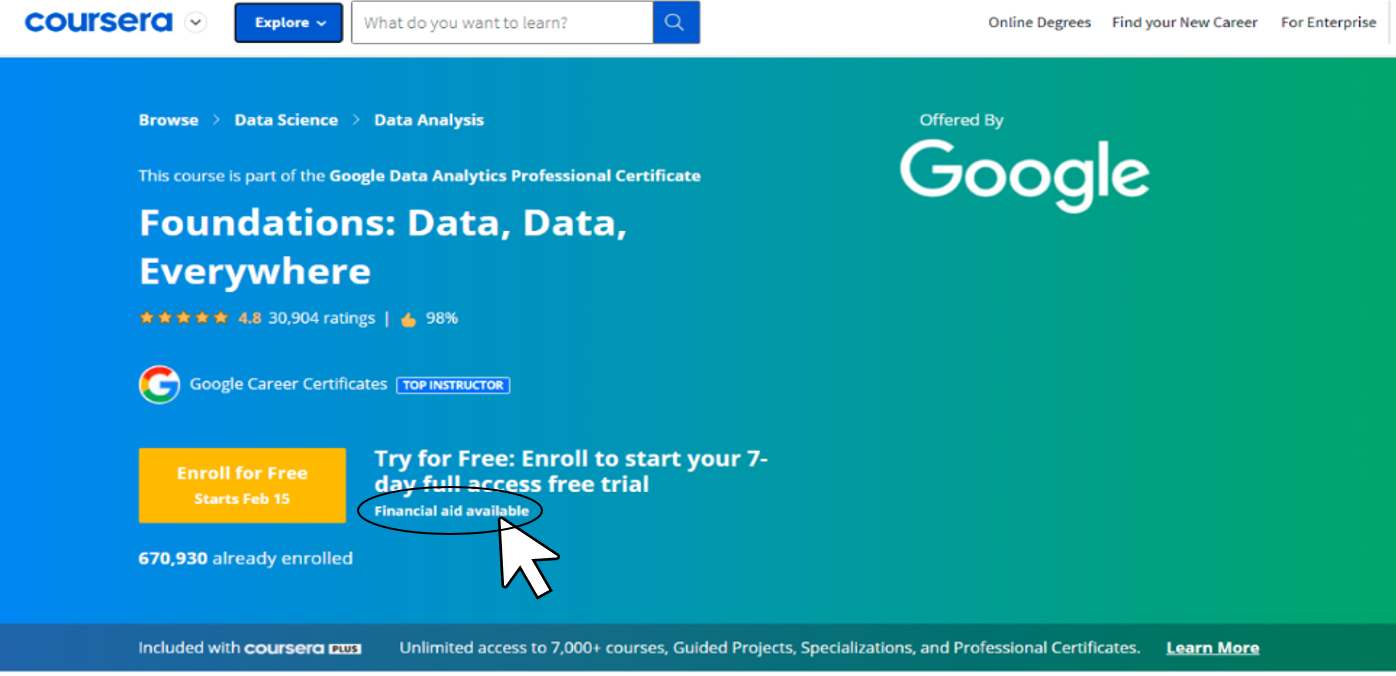
After we make a promise that we will complete the course, it asks some questions about our educational background, employment status, annual income, and the amount we can afford. We need to answer two questions: (1) Why are you applying for financial aid? (2) How will this course help your career goals? I leave some example answers to these questions below. Feel free to modify them and prepare your letters. Evaluation takes 15 days. There is no number limit on the number of MOOCs you apply financial aid for. If you search on Google, you can see people taking 20+ certificates with this method.
Please see the draft letter below and adapt it for your case. They may not be very high-quality letters but they were tested and they worked. By the way, it is funny and sad at the same time that when I wrote the letter, one dollar was worth 8.5 TL and I wrote that the exchange rate is terrible in Turkey. I think we all would just accept 8.5 right away now. :sob:
Annual Income:
5000$
How much can you afford to pay?
10$ per course
Why are you applying for Financial Aid?
I am a student in the field of industrial engineering in Turkey, and I have been working in the field of data science. Recently, I started to be interested in exploring the ways of efficiently teaching programming languages used in data science to young candidates. To do this, I decided to enroll high quality programming courses to discover the effective ways of teaching programming. I started with Python and enrolled the first courses of the “Programming for Everybody” and “Web Application for Everybody” specializations thought by Dr. Charles Severance. I loved them. They are very helpful. I then wanted to learn more about developing web applications. I completed the “Building Web Applications in PHP” and “Introduction to Structured Query Language (SQL)” courses given by the same instructor. I am grateful that you provide such great courses and gave us a chance to develop our skills. I have learned a lot and now I would like to continue with the next course of the same specialization, which is “Building Database Applications in PHP”. I believe that this course will let me combine my learning from the first two courses and learn more. Unfortunately, I am not able to afford the monthly rate of $48. I am a student, my income is low, and the currency in Turkey is terrible (1 $US = 8.5 TR lira).
How will taking this course help you achieve your career goals?
I have started to be interested in exploring the ways of efficiently teaching programming languages used in data science to young candidates. Coursera showed me how much fun it could be in working hard on something that one is truly passionate about. I would like to combine my educational background that is mostly on mathematical optimization with the computer programming, and transfer my knowledge to my future students. I believe that the courses I have been taking at Coursera for a while will let me develop my skills so that I can be helpful for young students. I also believe that the environs of this and other courses in Coursera will not only help me achieve my personal goals but also provide an opportunity to develop a multifaceted academic career, to help me fathom all avenues of my talent, such that I can contribute my share to new students, science and humanity in full.
5. Conclusions
In the beginning, I said that MOOC makes very strong promises and seems like one of the most advanced stages of democracy. Although some studies say that MOOC does not create equality in education as it promises, and instead increases inequality, it is still a very powerful opportunity when it is used correctly. I believe that MOOCs should be used as a complementary education model, not a fundamental one. That is, we should already have a certain background to ensure maximum efficiency from the MOOCs.
As someone who has gained a lot from MOOCs, I presented my knowledge, experience, and opinions on this subject in this post. I hope that it can be usefull for people interested in taking MOOCs. I reviewed the key features of MOOC, its history, popular platforms, methods of enrolling classes without paying, and getting certificates free of charge. I intend to provide an introductory guide with this series for those who are less familiar with MOOCs and don’t know where to start.
You can leave your comments below, send me an e-mail for your questions, and share the post on your social media if you find the content useful. I’m hopting to share the future posts of this series, “Introductory Guide to Data Science with MOOCs” and “Introductory Guide to Web Design and Programming with MOOCs” in soon.
I wish everyone healthy and lucky days and great experiences with MOOCs!
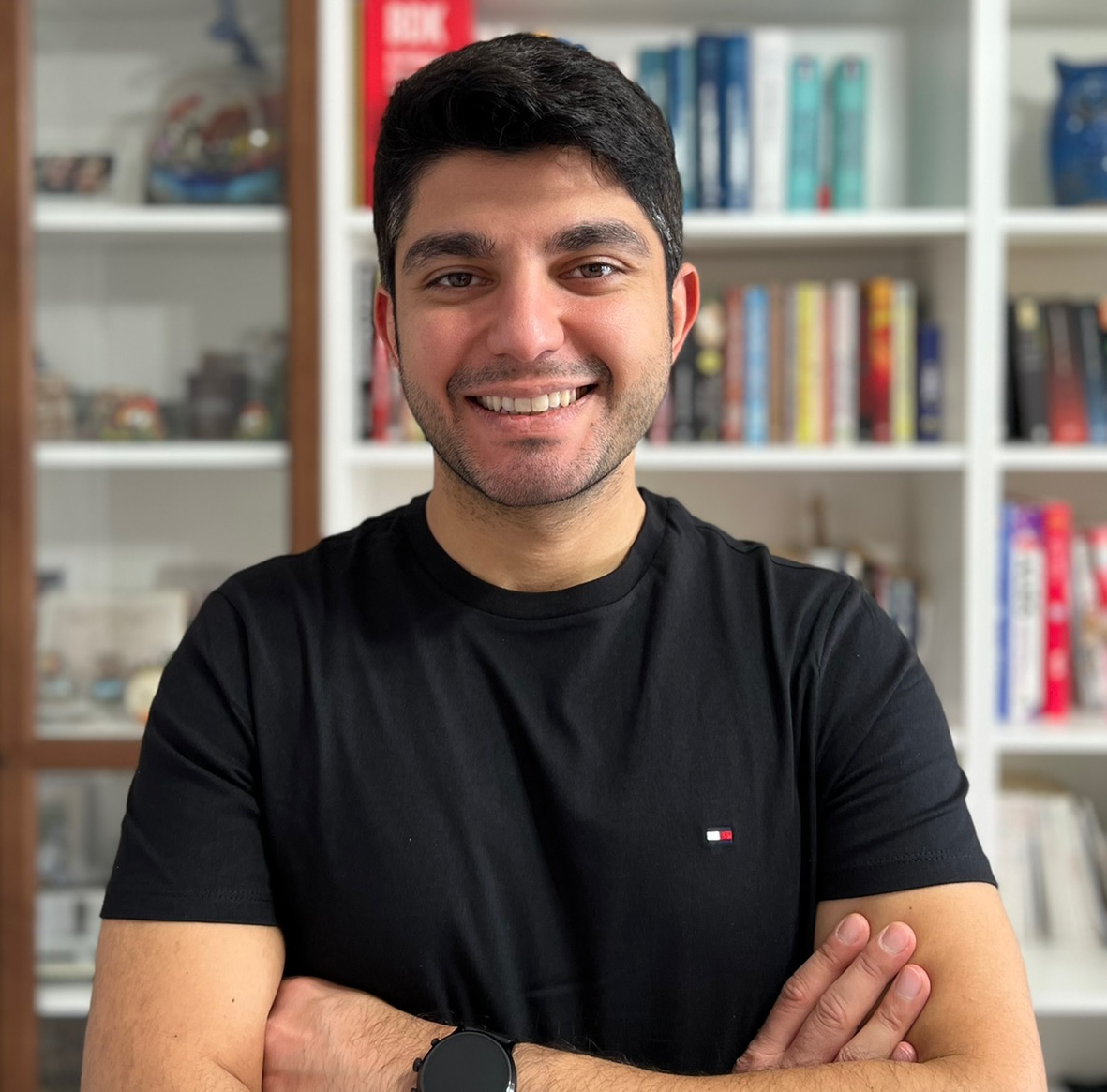
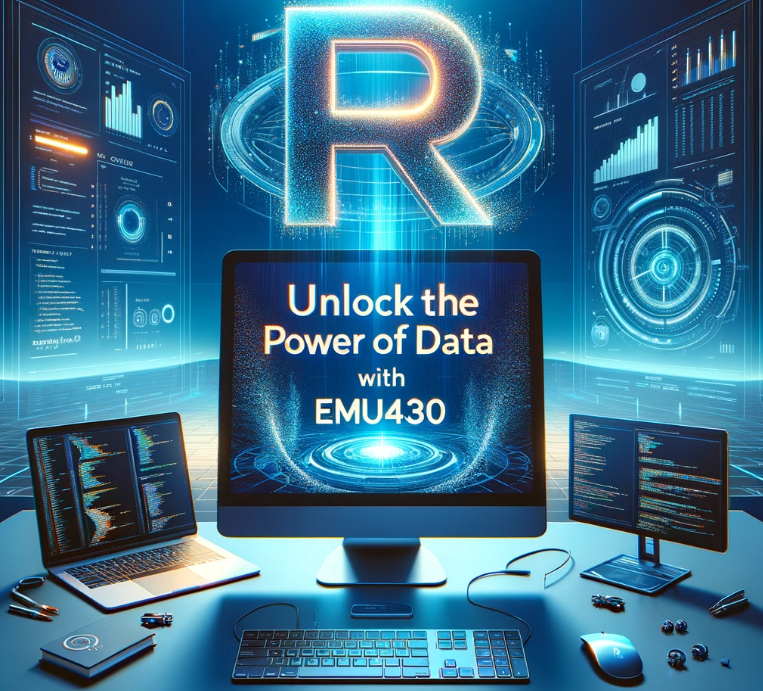

Leave a comment